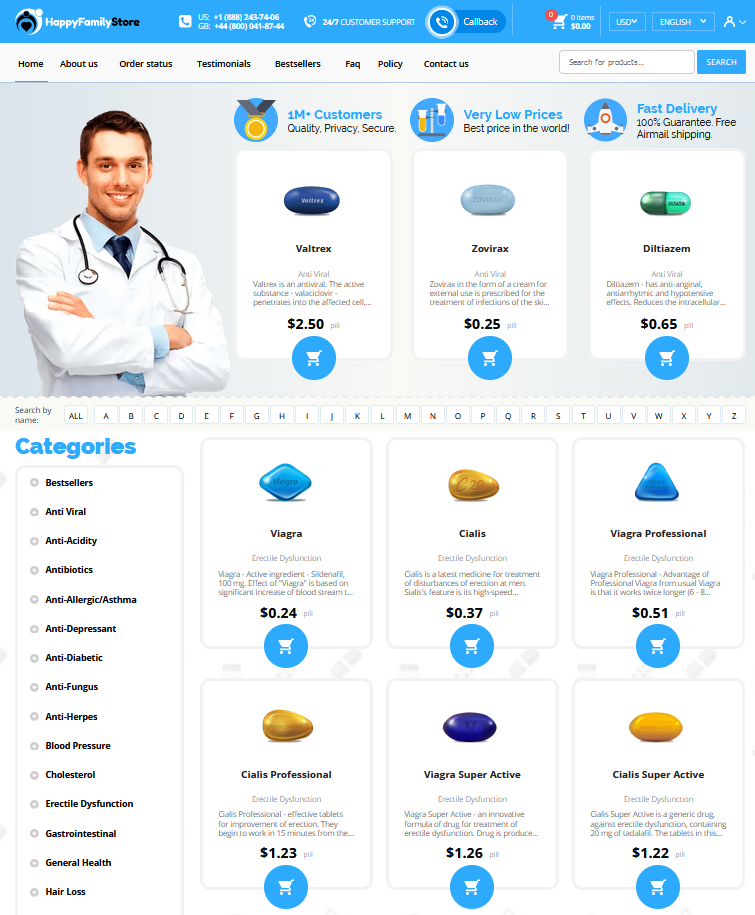 Cephalexin Vs. Other Antibiotics: Key Differences Explained
Cephalexin Vs. Other Antibiotics: Key Differences Explained
Cephalexin: a Basic Overview and Uses
Cephalexin is a widely-used antibiotic in the cephalosporin class, known for its effectiveness against a variety of bacterial infections. By targeting the synthesis of the bacterial cell wall, it proves particularly useful in treating respiratory tract infections, skin infections, and urinary tract infections. This antibiotic is often chosen for its ability to combat both gram-positive and certain gram-negative bacteria. While generally well-tolerated, it is important for healthcare professionals to consider the patient's medical history when prescribing cephalexin, ensuring it aligns with the specific needs.
| Conditions Treated | Examples |
|---|---|
| Respiratory Infections | Bronchitis, Sinusitis |
| Skin Infections | Impetigo, Cellulitis |
| Urinary Infections | Cystitis, Pyelonephritis |
Common Antibiotics Compared: Penicillin, Amoxicillin, and More

When comparing common antibiotics, cephalexin stands out with its versatile applications. Penicillin, one of the earliest antibiotics, primarily fights infections caused by certain bacteria but can be limited by resistance issues. Amoxicillin, akin to penicillin, is effective against a broader range of bacteria, often preferred for ear infections in children. Both antibiotics differ from cephalexin in key areas such as their spectrum of activity and resistance profiles.
Cephalexin, a first-generation cephalosporin, often serves as an alternative for treating respiratory tract infections, skin infections, and bone infections, especially when penicillin allergy or resistance is a concern. Each antibiotic brings unique characteristics to the table, impacting their utility in various clinical scenarios.
Cephalexin Vs. Broad-spectrum Antibiotics: Key Distinctions
Cephalexin, a first-generation cephalosporin, is well-regarded for its targeted action against Gram-positive bacteria. Unlike broad-spectrum antibiotics, which indiscriminately affect a wide range of bacteria, cephalexin specifically focuses on eliminating pathogens responsible for certain common infections. This specificity often translates into fewer disturbances in healthy gut flora, making it a preferred choice for uncomplicated bacterial infections.
In the context of narrow vs. broad activity, cephalexin’s targeted approach ensures that it is less likely to contribute to antibiotic resistance, a significant concern with broad-spectrum antibiotics. While broad-spectrum options are indispensable in treating mixed or unidentified infections, they can inadvertently promote resistant bacterial strains. Cephalexin, on the other hand, helps preserve the microbiome's delicate balance by sparing beneficial bacteria.
Furthermore, the specificity of cephalexin can offer a better side effect profile, making it a viable alternative when broad-spectrum antibiotics are not necessary. Patients requiring precise targeting may experience fewer digestive disruptions with cephalexin. Although versatility is a hallmark of broad-spectrum agents, cephalexin’s precision offers notable advantages in contexts where its specific antibacterial action aligns with the infection at hand.
Efficacy of Cephalexin Against Specific Bacterial Infections

In the intricate world of antibiotics, cephalexin stands out for its targeted efficacy against certain infections. Known to be particularly potent in combating skin infections, urinary tract infections (UTIs), and respiratory infections, cephalexin is often a frontline defense in cases where mild to moderate bacterial presence is detected. Unlike more broadly targeted antibiotics, cephalexin's focused mechanism of action makes it an ideal choice for Staphylococcus and Streptococcus strains.
When physicians face common pathogens like these, cephalexin's ability to disrupt bacterial cell wall synthesis proves invaluable. Patients with recurring infections often find a swift relief with cephalexin, showcasing its reliability and efficiency. Meanwhile, for conditions such as uncomplicated cystitis or cellulitis, cephalexin's well-documented effectiveness ensures that clinicians prioritize it as a go-to treatment option.
Side Effects: Cephalexin Versus Other Antibiotics
Cephalexin often presents a set of side effects similar to other antibiotics, yet it has its unique profile. Commonly reported symptoms include gastrointestinal distress like nausea or diarrhea, which are typical across many antibiotics. However, cephalexin may be slightly less likely to cause severe allergic reactions compared to penicillin family drugs. When comparing it to options like tetracyclines, cephalexin circumvents the risk of photosensitivity, offering a somewhat gentler side effect scenario. It's crucial to understand how different antibiotics affect individuals, particularly those with allergies or sensitivities.
| Antibiotic | Common Side Effects |
|---|---|
| Cephalexin | Nausea, diarrhea, less severe allergic reactions |
| Penicillin | Rash, potential severe allergies |
| Tetracyclines | Photosensitivity, gastrointestinal upset |
Drug Interactions: Cephalexin in the Antibiotic Landscape
When exploring the antibiotic landscape, understanding drug interactions is crucial, especially with cephalexin. Cephalexin, a first-generation cephalosporin, can interact with other medications, altering their efficacy or increasing the risk of side effects. For instance, it may interact with metformin, a common diabetes medication, potentially reducing its effectiveness and leading to suboptimal glycemic control. Additionally, cephalexin can affect the absorption of certain types of vaccines, reducing their effectiveness.
Moreover, those on anticoagulants like warfarin should be cautious, as cephalexin may enhance the drug's effect, increasing bleeding risk. Patients should always inform healthcare providers about all medications they are taking to prevent potential interactions. This diligence ensures both the efficacy of treatments and the safety of patients, minimizing adverse outcomes and maximizing therapeutic benefits.